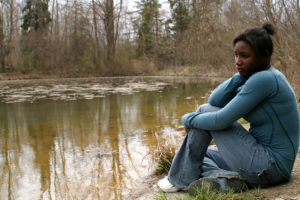
Dekila Chungyalpa, Director of the Loka Initiative, shares an example of emergency preparedness guidelines for faith leaders to consider during the COVID-19 pandemic
Many faith communities congregate together in close quarters. Some live in multi-generational households, which puts elders are risk of getting sick. Some live in areas with few hospitals and reduced access to medical supplies. The COVID-19 pandemic brings new challenges to these communities, and faith leaders need to consider how best to protect both the physical health and mental well-being of their community.
Khoryug Tibetan Buddhist Monasteries, Nunneries and Centers have created a list of emergency preparedness guidelines and have begun to implement them in their communities. We are sharing this resource with our Loka community, as other faith leaders may find this resource useful while they work to keep their own communities safe during the pandemic. Below are a few of the considerations from the checklist.
Create a response plan
Some elements of an effective response plan may include:
- How should daily activities be shifted to try to make sure everyone can best maintain a safe social distance of 2m/ 6 ft from one another?
- Can activities be suspended or changed to prevent the gathering of over 10 people in enclosed spaces? What are safe alternatives?
- Who is your contact at the local hospital? Who is your local medical team? Request them to review your plan and give feedback once it is complete.
- Where will sick members of the community be quarantined?
- What safety measures can be put in place to prevent virus spread?
Click through to see the full checklist from the Khoryug network for Buddhist Monasteries.







